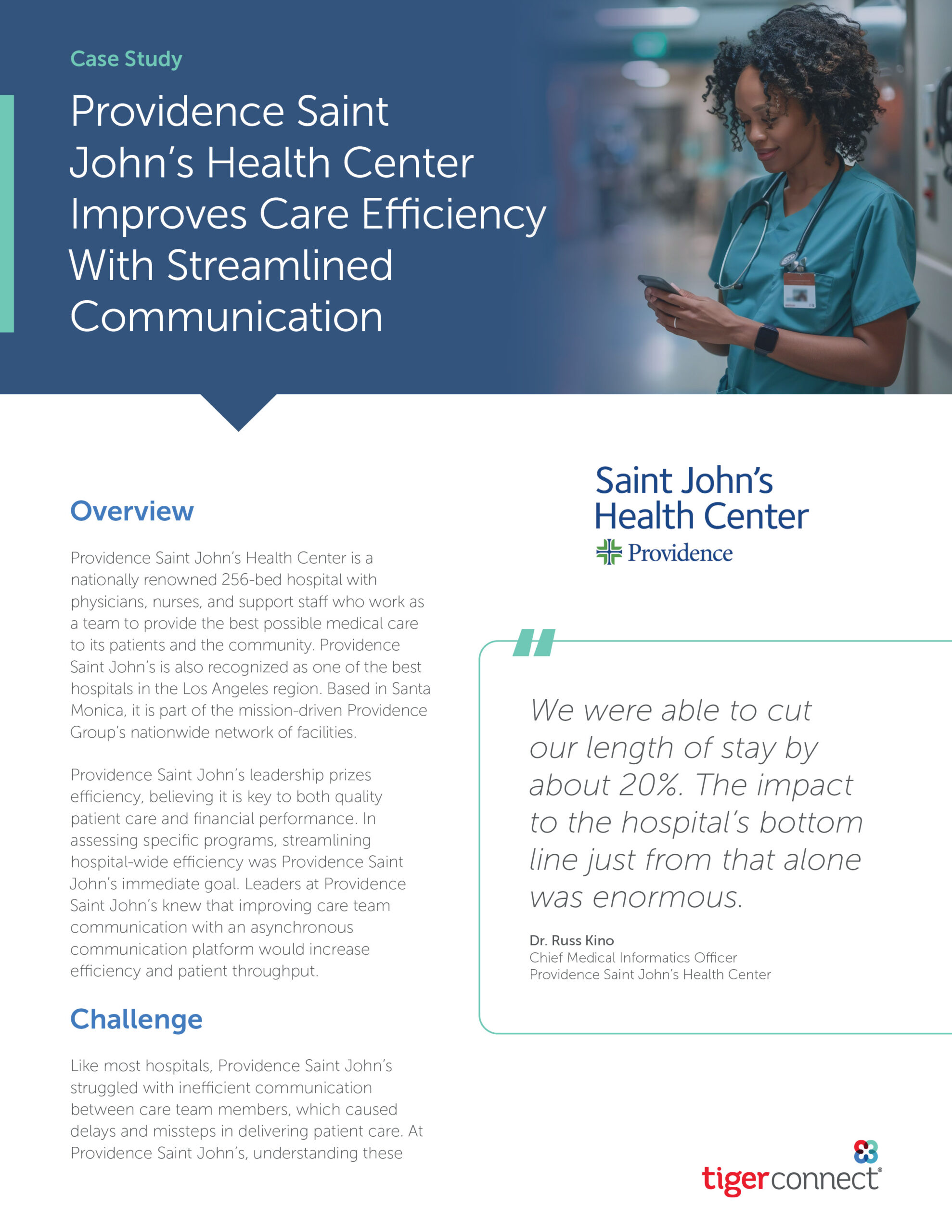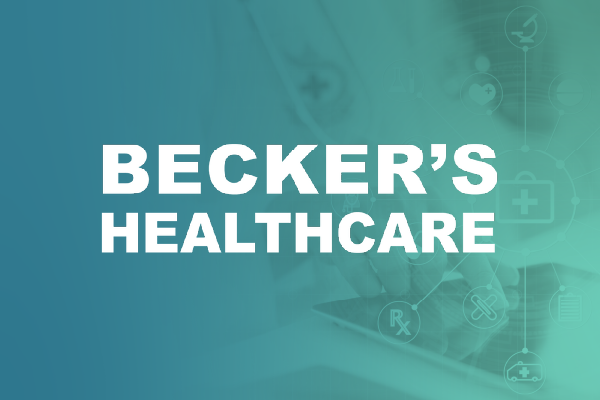
How many systems, applications, and platforms do you use on a typical day?
When we ask that question of clinicians, the first answer is usually some form of “Too many.” In a recent survey conducted by TigerConnect and Becker’s Healthcare, 86 percent of nurses and physicians reported having to switch integrated hospital communication systems or applications at least sometimes during a typical shift, with a solid 40 percent reporting that they do so frequently. That’s a lot of switching time.
Hospitals have many systems and applications for various uses. Some of these distinct tools are dedicated to a specific task. Yet, when care teams are forced to use a variety of communication tools depending on circumstance, it creates confusion and frustration when they can’t easily find the people or access the information they need.
Fragmented Communication Environments Breed Errors and Burnout
Communication among staff is often fragmented among these multiple systems. Often, these disparate systems are not interoperable.
At its core, interoperability refers to the ability of different systems and devices to exchange and interpret data in a way that is usable and meaningful. In hospitals, this translates to the ability of different communication tools—such as electronic health records (EHRs), pagers, messaging apps, and phone systems—to work together seamlessly. Unfortunately, reality often falls short of this ideal.
For instance, a nurse might need to consult a patient’s EHR to review medical history, use separate messaging apps to communicate with colleagues in different departments and rely on a pager to find physicians for consults. Each of these tools serves a specific purpose, but the lack of integration means that information is fragmented and dispersed across disparate systems.
This fragmentation not only complicates workflows but also introduces opportunities for errors. Vital information may be delayed or overlooked as doctors and nurses switch between systems, potentially leading to miscommunication or gaps in patient care. Typically, in hospitals, results are posted in the EHR but not immediately reviewed by the physician because they are not logged into the EHR. Such delays can have consequences such as delayed discharges and longer ED visits.
These inefficiencies caused by non-interoperable systems contribute to healthcare provider burnout. Having to think about which one to use in a given situation is added mental labor that is not about serving patients. Even simple things drive these frustrations, like shifting from transcribing notes to answering a non-urgent phone call that could have been an FYI text. Constantly switching between different interfaces and logins adds unnecessary cognitive load and reduces the time available for direct patient care. This administrative burden detracts from the core mission of hospitals—to provide high-quality, compassionate care to patients.
Providence St. John’s Health Center Standardized on TigerConnect
The TigerConnect Clinical Collaboration Platform provides a robust, standard way for hospital staff to communicate, share information and take action to help patients. TigerConnect can integrate with EHRs and scheduling systems to reduce the need for system switching in a busy hospital.
Providence Saint John’s Health Center, one of the most highly regarded facilities in the Los Angeles area, adopted the TigerConnect Clinical Collaboration Platform and integrated it with their scheduling system. That eliminated the confusion in the ED resulting from 23 different panels prescribing how different physicians wanted to be contacted for consults, streamlining the ED-to-admission pipeline. TigerConnect allowed them to standardize the way everyone is contacted and eliminate the inefficiency of hunting for the right person and their preferred contact method. One easy-to-use system was quickly adopted across departments. As you’ll see in this case study, Providence Saint John’s was able to reduce the average length of stay by 20 percent through standardized communication.
Featured Resources
Related Articles

Providence Saint John’s Health Center Improves Care Efficiency with Streamlined Communication
Learn how Providence Saint John’s streamlined communication and reduced average length of stay (ALOS) by 20% with TigerConnect.













